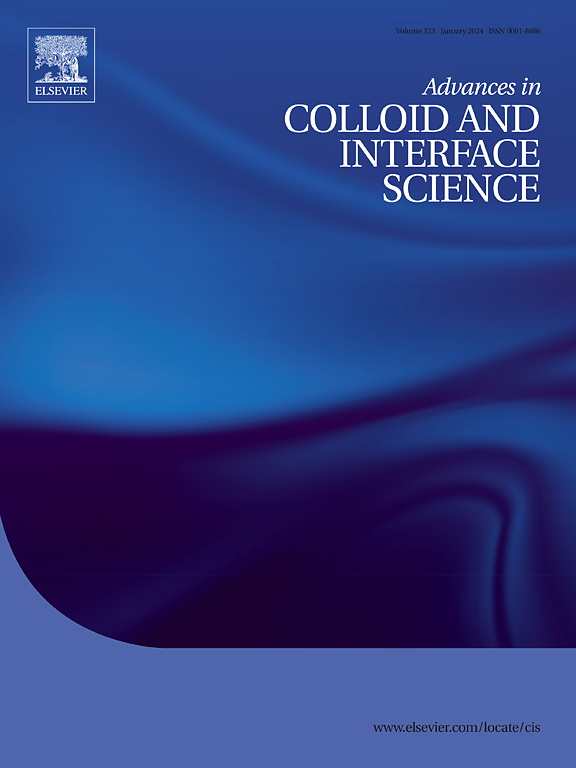Recent advances in metal-based antimicrobial coatings
IF 19.3
1区 化学
Q1 CHEMISTRY, PHYSICAL
引用次数: 0
Abstract
Metal-based antimicrobial coatings have garnered significant attention due to their potential to mitigate microbial contamination across various industries. This systematic review examines the advancements in metal- and metal compound-based coatings from 2021 to 2023, synthesizing findings from 43 relevant studies. A key novelty of this review lies in the comparative analysis of the antimicrobial performance (R) of the materials and coatings studied in the publications selected for this review, complemented by insights from the top-ten patents and eight commercially available products.
Silver-based antimicrobial coatings are still the most studied and commercially available, yet copper-based coatings exhibit the highest antimicrobial performance, clearly emerging as alternative material. These coatings are usually tested against bacteria (E. coli, S. aureus, and P. aeruginosa), with fewer studies focusing on fungi and viruses. Although the molecular mechanisms of action remain insufficiently explored, available data suggests the involvement of multiple simultaneous pathways in microbial inactivation. Despite their practical potential, relatively few studies assess the effectiveness of these coatings under real-world conditions.
This review aims to offer insights into the current state of metal-based antimicrobial coatings, identifying both technological advances and existing knowledge gaps, and emphasizing the need for further research to support their practical implementation.

金属基抗菌涂层的最新进展
金属基抗菌涂层由于具有减轻各种行业微生物污染的潜力而引起了极大的关注。本文综合了43项相关研究的结果,系统回顾了2021年至2023年金属和金属化合物基涂料的进展。本综述的一个关键新颖之处在于对所选出版物中研究的材料和涂层的抗菌性能(R)进行了比较分析,并辅以来自十大专利和八种市售产品的见解。银基抗菌涂层仍然是研究最多和商业上可用的,但铜基涂层表现出最高的抗菌性能,显然正在成为替代材料。这些涂层通常用于测试细菌(大肠杆菌、金黄色葡萄球菌和铜绿假单胞菌),而针对真菌和病毒的研究较少。虽然作用的分子机制尚未充分探索,但现有数据表明,在微生物失活过程中涉及多种同时发生的途径。尽管它们具有实际潜力,但相对较少的研究评估了这些涂层在实际条件下的有效性。本综述旨在对金属基抗菌涂层的现状提供见解,确定技术进步和现有知识差距,并强调需要进一步研究以支持其实际实施。
本文章由计算机程序翻译,如有差异,请以英文原文为准。
求助全文
约1分钟内获得全文
求助全文
来源期刊
CiteScore
28.50
自引率
2.60%
发文量
175
审稿时长
31 days
期刊介绍:
"Advances in Colloid and Interface Science" is an international journal that focuses on experimental and theoretical developments in interfacial and colloidal phenomena. The journal covers a wide range of disciplines including biology, chemistry, physics, and technology.
The journal accepts review articles on any topic within the scope of colloid and interface science. These articles should provide an in-depth analysis of the subject matter, offering a critical review of the current state of the field. The author's informed opinion on the topic should also be included. The manuscript should compare and contrast ideas found in the reviewed literature and address the limitations of these ideas.
Typically, the articles published in this journal are written by recognized experts in the field.

 求助内容:
求助内容: 应助结果提醒方式:
应助结果提醒方式:


